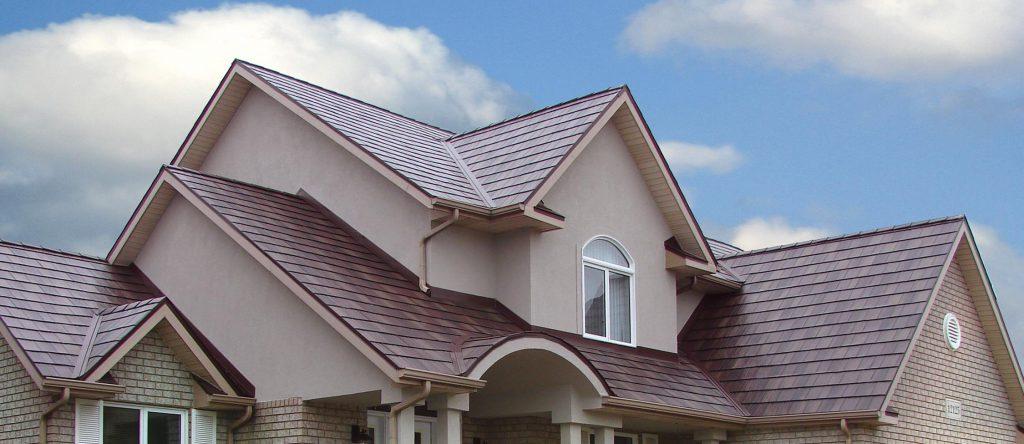When it comes to roofing options, metal roofs have gained significant popularity due to their durability and longevity. If you’re considering a metal roof for your home or business, you might be wondering, “How long does a metal roof last?” In this article, we’ll delve into the factors that influence the lifespan of metal roofs and why they are a wise investment.

Understanding the Lifespan of Metal Roofs
What Determines How Long a Metal Roof Lasts?
The longevity of a metal roof is influenced by various factors:
- Metal Type: The type of metal used for the roof significantly impacts its lifespan. Common metals for roofing include steel, aluminum, and copper. Each metal has its own durability and resistance to corrosion.
- Coatings and Finishes: Many metal roofs are coated with protective finishes to enhance their resistance to rust and corrosion. The quality and type of coating can affect how long the roof remains in good condition.
- Installation Quality: Proper installation by experienced professionals is essential for a long-lasting roof. A well-installed roof is less likely to develop issues that could shorten its lifespan.
- Climate and Environment: The local climate plays a significant role. Metal roofs in areas with extreme temperature fluctuations, high humidity, or heavy rainfall may experience different rates of wear and tear.
- Maintenance: Regular maintenance and inspections can extend the life of a metal roof. Cleaning the roof and promptly addressing any damage or corrosion are essential.
The Average Lifespan of Metal Roofs
How Long Can You Expect a Metal Roof to Last?
On average, a properly installed and maintained metal roof can last anywhere from 40 to 70 years. However, the specific lifespan may vary depending on the factors mentioned above. Let’s take a closer look at some common metal roofing materials and their expected lifespans:
- Steel Roofing: Steel roofs, when coated and properly maintained, can last around 40 to 70 years. The quality of the coating and the thickness of the steel play a significant role.
- Aluminum Roofing: Aluminum is highly resistant to corrosion, making it a durable choice. An aluminum roof can last between 50 to 75 years.
- Copper Roofing: Copper roofs are renowned for their longevity. A well-maintained copper roof can last for over 100 years, and in some cases, even longer.
Factors that Influence Metal Roof Lifespan
What Can Extend or Shorten the Lifespan?
- Proper Installation: A professional installation is key to a long-lasting metal roof. Improper installation can lead to issues that reduce the roof’s lifespan.
- Quality of Metal: Choosing a high-quality metal and protective coatings can significantly extend the lifespan of a this roof.
- Regular Maintenance: Routine maintenance, such as cleaning the roof and addressing any damage, can help prolong its life.
- Climate: A roof in a milder climate is likely to last longer than one in an area with extreme weather conditions.
- Preventative Measures: Taking steps to prevent potential issues, such as applying rust inhibitors or protective coatings, can be beneficial.
Signs It’s Time for a New Metal Roof
Knowing When to Replace
- Visible Damage: If you notice significant damage, rust, or corrosion, it may be time for a replacement.
- Frequent Repairs: If you find yourself repeatedly repairing your roof, it may be more cost-effective to invest in a new one.
- Age: If your roof has reached or exceeded its expected lifespan, it’s wise to consider a replacement.
- Leakage: Persistent roof leaks are a clear sign that it’s time for a new roof.
Conclusion
The lifespan of a metal roof depends on various factors, including the type of metal, quality of installation, climate, and maintenance. On average, a well-maintained this roof can last several decades, making it a sound long-term investment. If you’re considering a metal roof, choose a reputable installer, select high-quality materials, and ensure regular maintenance to maximize its lifespan. With proper care, your roof can provide reliable protection for your home or business for many years to come.



Leave a Reply